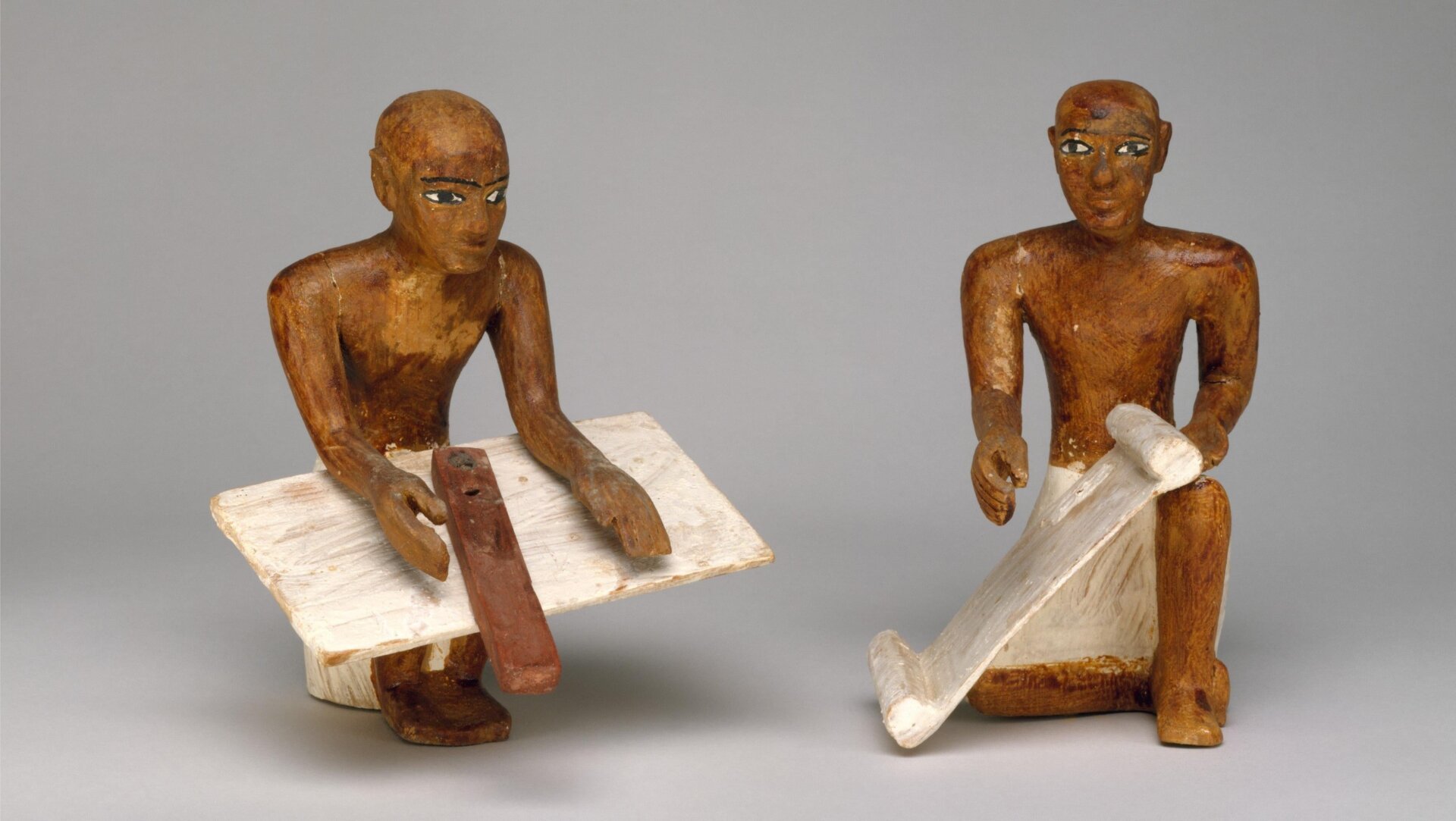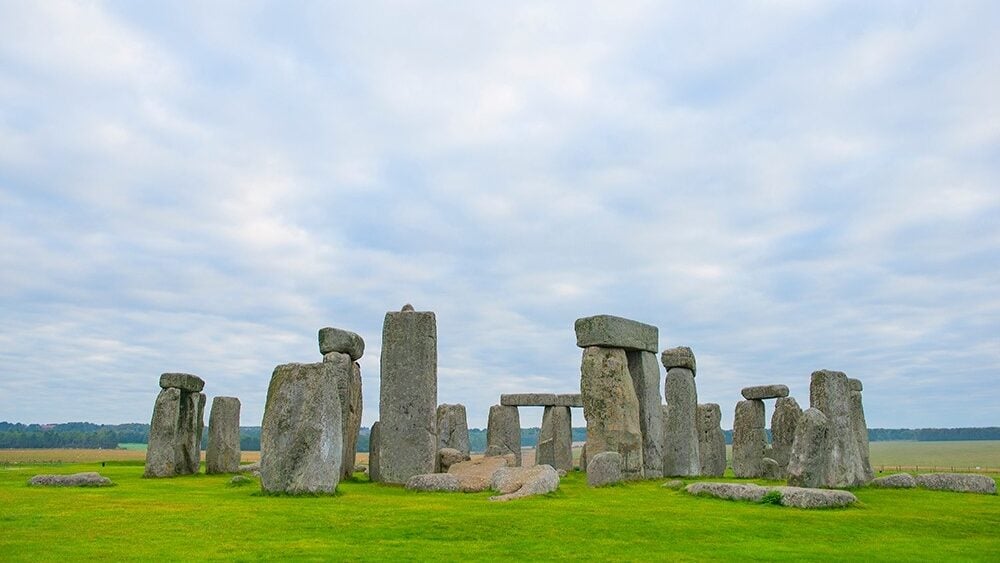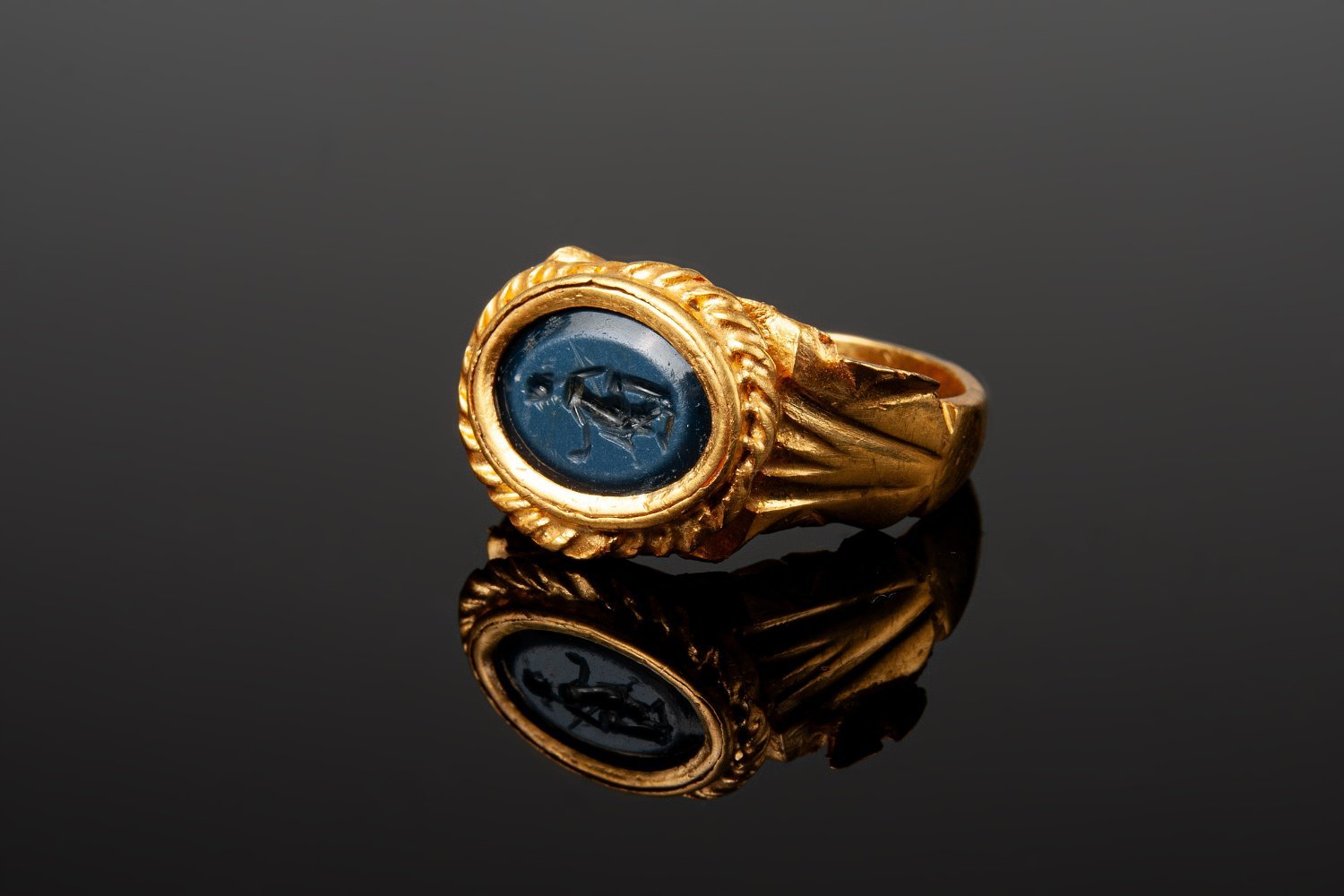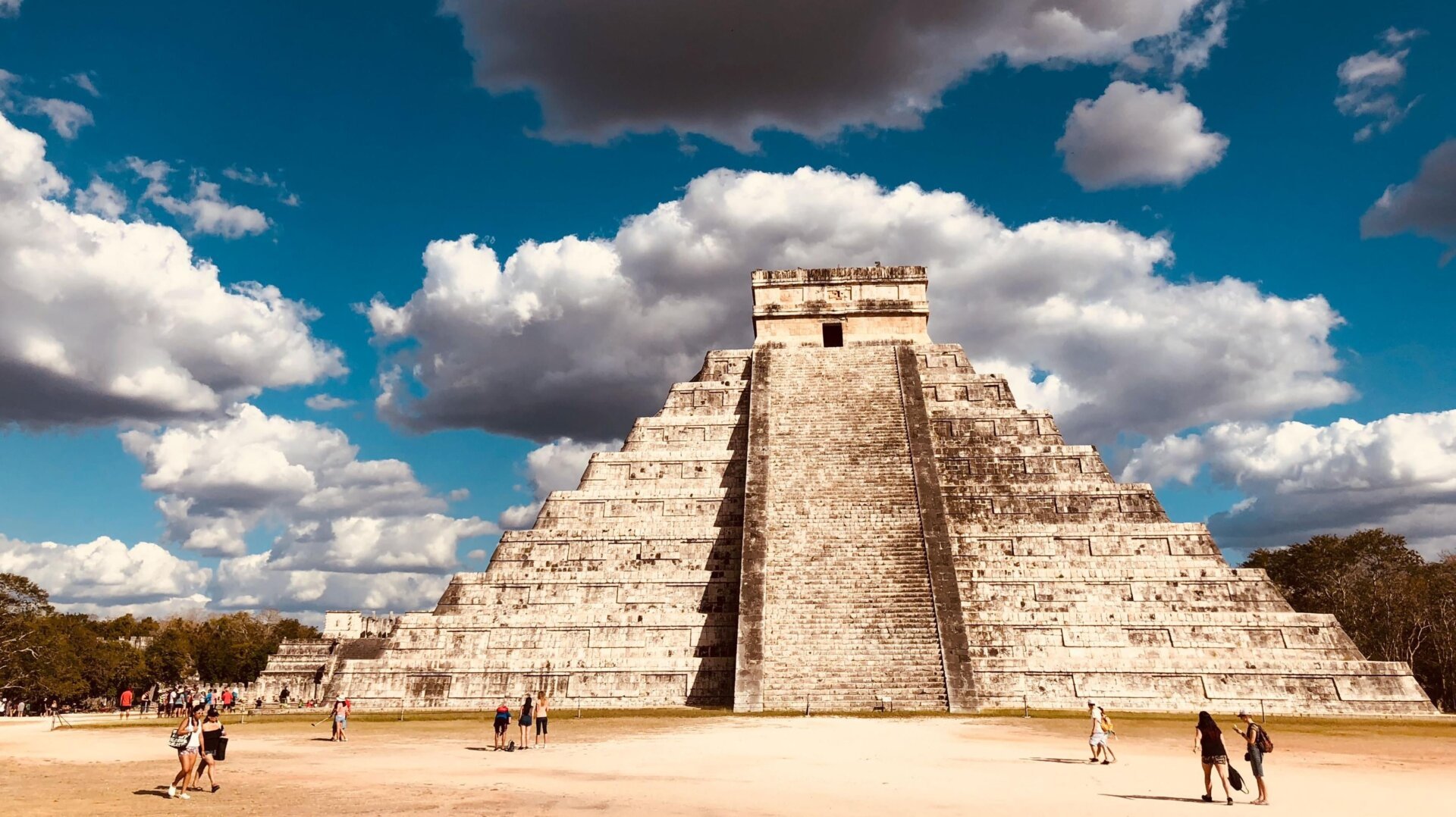Ancient Egyptian scribes enjoyed a privileged position, belonging to the elite 1% of the population literate at the time. However, this prestigious role came at a cost. New research published in Scientific Reports reveals that these ancient documentarians frequently suffered from osteoarthritis, a consequence of their demanding work.
The study, conducted by a team of archaeologists, examined the skeletal remains of 69 adult males from the Abusir necropolis, a burial site used between 2700 BCE and 2180 BCE. Comparing the scribes’ skeletons to a reference population, the researchers discovered statistically significant differences, with degenerative changes concentrated in their joints, spines, and jaws.
The researchers observed a higher prevalence of these skeletal changes among the scribes (90%), suggesting a strong correlation with their professional activities. While factors like age could contribute to some of the disfigurements, the prevalence among scribes points towards their occupation as a primary cause. “Officials with scribal skills belonged to the elite of the time and formed the backbone of the state administration,” explained Veronika Dulíková, an Egyptologist at Charles University and co-author of the study, in an interview with LiveScience. Ironically, the scribes, who documented the weight of the kingdom, also bore its physical burden, carrying the evidence etched into their bones.
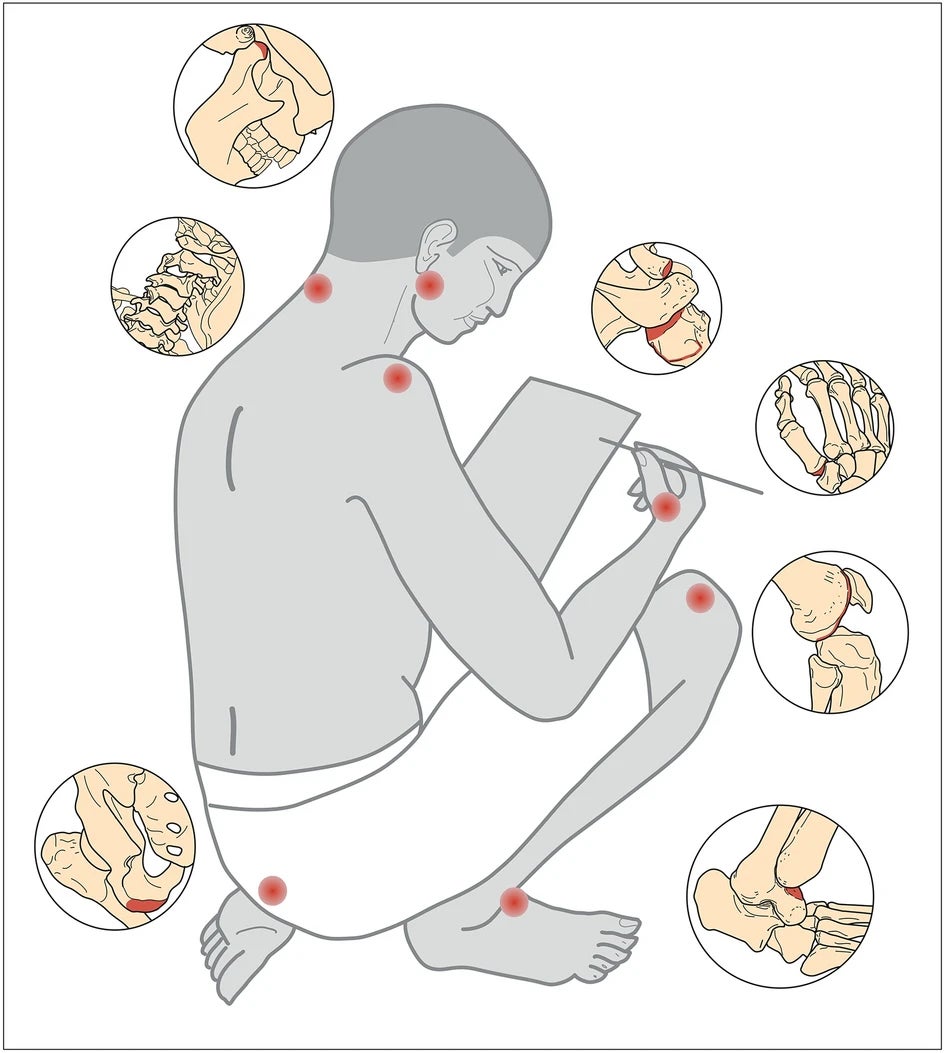 The working position of the scribe would affect their jaw, upper spine, lower back, shoulder, and joints.Ancient Egyptian scribe posture and its impact on skeletal health. Illustration: Jolana Malátková
The working position of the scribe would affect their jaw, upper spine, lower back, shoulder, and joints.Ancient Egyptian scribe posture and its impact on skeletal health. Illustration: Jolana Malátková
The scribes’ typical working posture, with a forward-leaning head and flexed spine, shifted their center of gravity, placing significant stress on the spine. Over time, this constant strain, particularly on the C7-T1 motion segment (the junction between the cervical and thoracic spine), likely led to degenerative changes in their cervical spines.
Another common ailment identified was temporomandibular joint (TMJ) disorder, a condition causing jaw pain. Unlike modern TMJ cases, the scribes’ TMJ likely stemmed from constantly chewing on the brushes used for writing hieroglyphs. Further evidence of their arduous work was found in their hands, where osteoarthritis was prevalent, “probably reflecting pinch grip work, such as frequent gripping of the pen,” the researchers noted.
The study also revealed a higher incidence of osteoarthritis in the scribes’ hips, knees, and ankles. This suggests a habitual sitting position that may have further stressed their lumbar spines. This finding serves as a timely reminder for us to be mindful of our own posture.
The research on ancient Egyptian scribes provides a fascinating glimpse into the physical realities of their elite profession. While they held a position of privilege, their work took a toll on their bodies, leaving lasting evidence of their dedicated service to the kingdom. This study not only sheds light on ancient Egyptian society but also resonates with modern-day office workers who may experience similar physical strains from their occupations.



